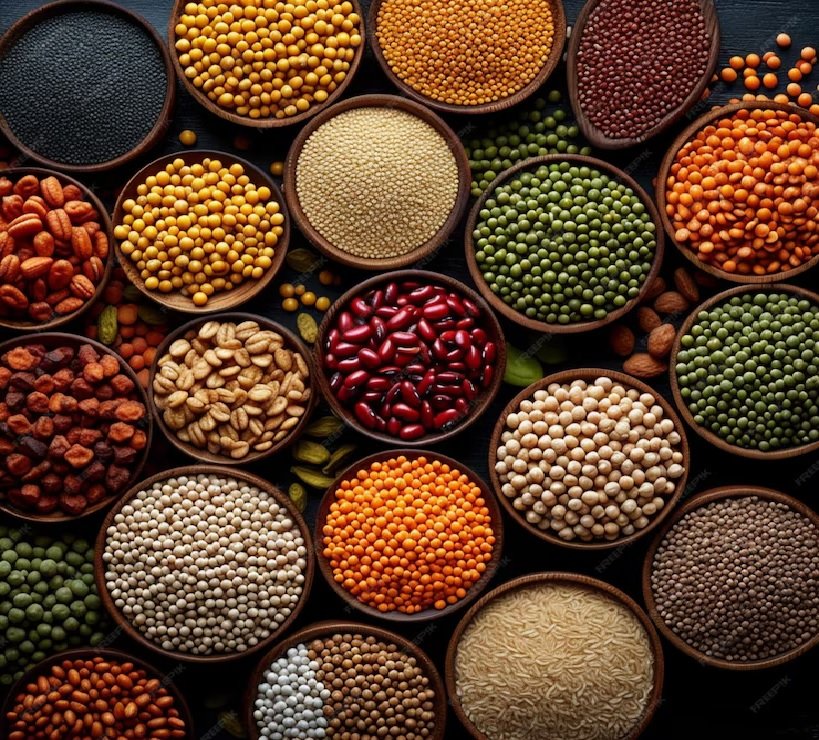Sliding market of pulses
28-Jun-2025 11:42 AM

Till last year, the price of pulses was at a very high level in both the domestic and global markets, and India’s import pace was also strong.
Due to very large imports, the supply and availability of pulses in the domestic market became comfortable, which ended the volatility in prices.
The situation has changed so much that the price of tur, which was once above Rs 10,000 per quintal, has now fallen below the minimum support price of Rs 7,550 per quintal. As a result, the government had the opportunity to purchase large quantities under the Price Support Scheme (PSS).
Not only tur, but the prices of moong, urad, masoor, and gram also declined significantly from their previous highs. The huge imports of yellow peas, desi gram, urad, and tur disrupted the balance of the pulses market.
This provided some relief to common consumers from inflation, but farmers are struggling to earn profitable returns. The government made the import of yellow peas duty-free in December 2023 and desi gram in May 2024 after a long time. Similarly, duty-free imports of tur, urad, and lentils have continued.
Now, the period of duty-free import of tur, urad, and yellow peas has been extended till 31 March 2026, while a 10 percent import duty has been imposed on desi gram and lentils—though this is not considered very high. However, the pace of pulse imports in India has slowed down.
Since India is the world’s largest producer, consumer, and importer of pulses, the softening demand from India has led to a decline in pulse prices in major supplier countries as well.
According to government data, the import cost of pulses was $782 million in April–May 2024, which fell by 37 percent to $492 million in April–May 2025.
During the last financial year (April 2024 to March 2025), the total expenditure on pulse imports reached a record high of $5.5 billion.
But in the current financial year 2025–26, the import expenditure is expected to decrease because, on one hand, the prices of pulses have softened in both domestic and global markets, and on the other hand, the import volume is also expected to decline.
